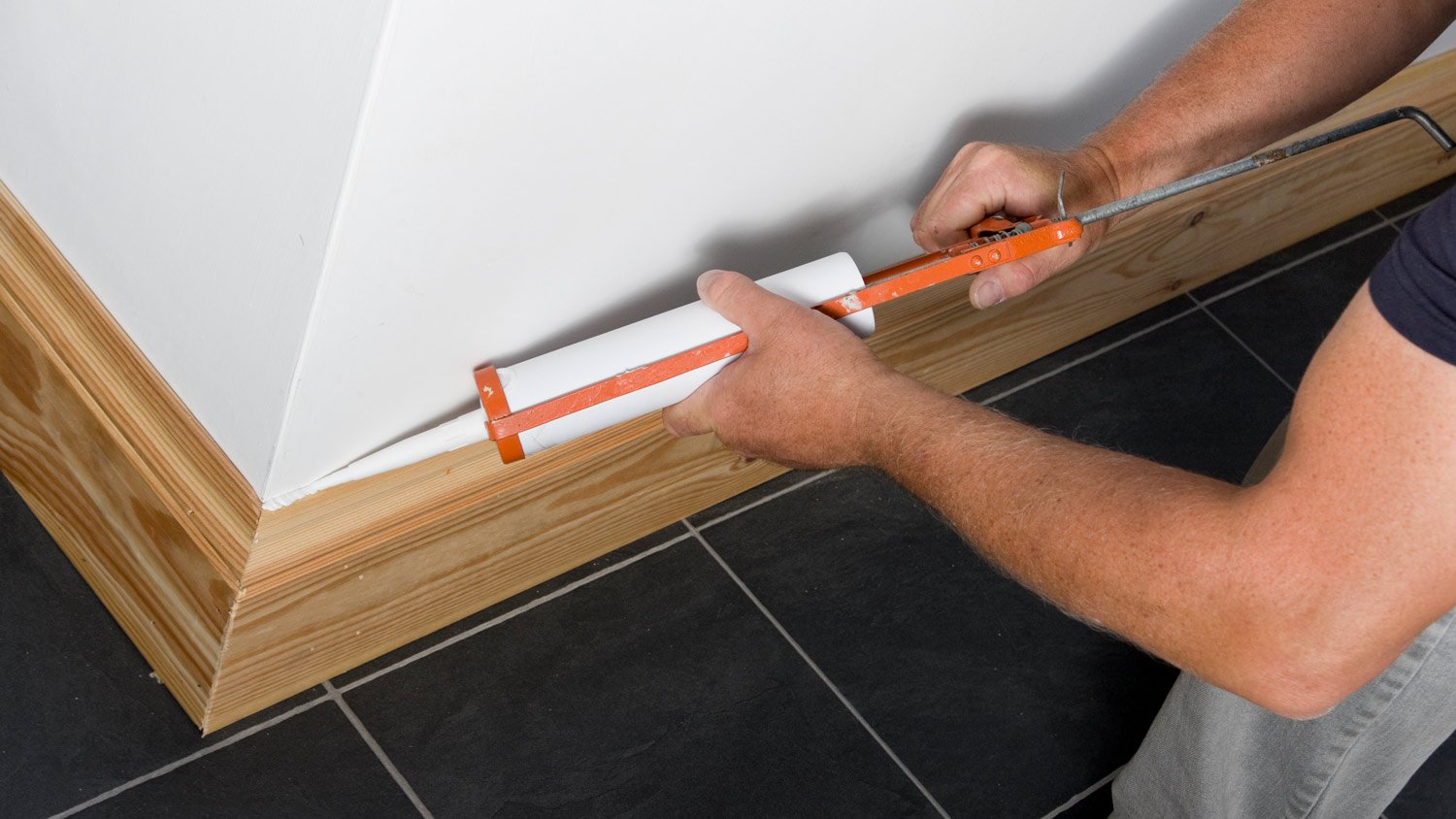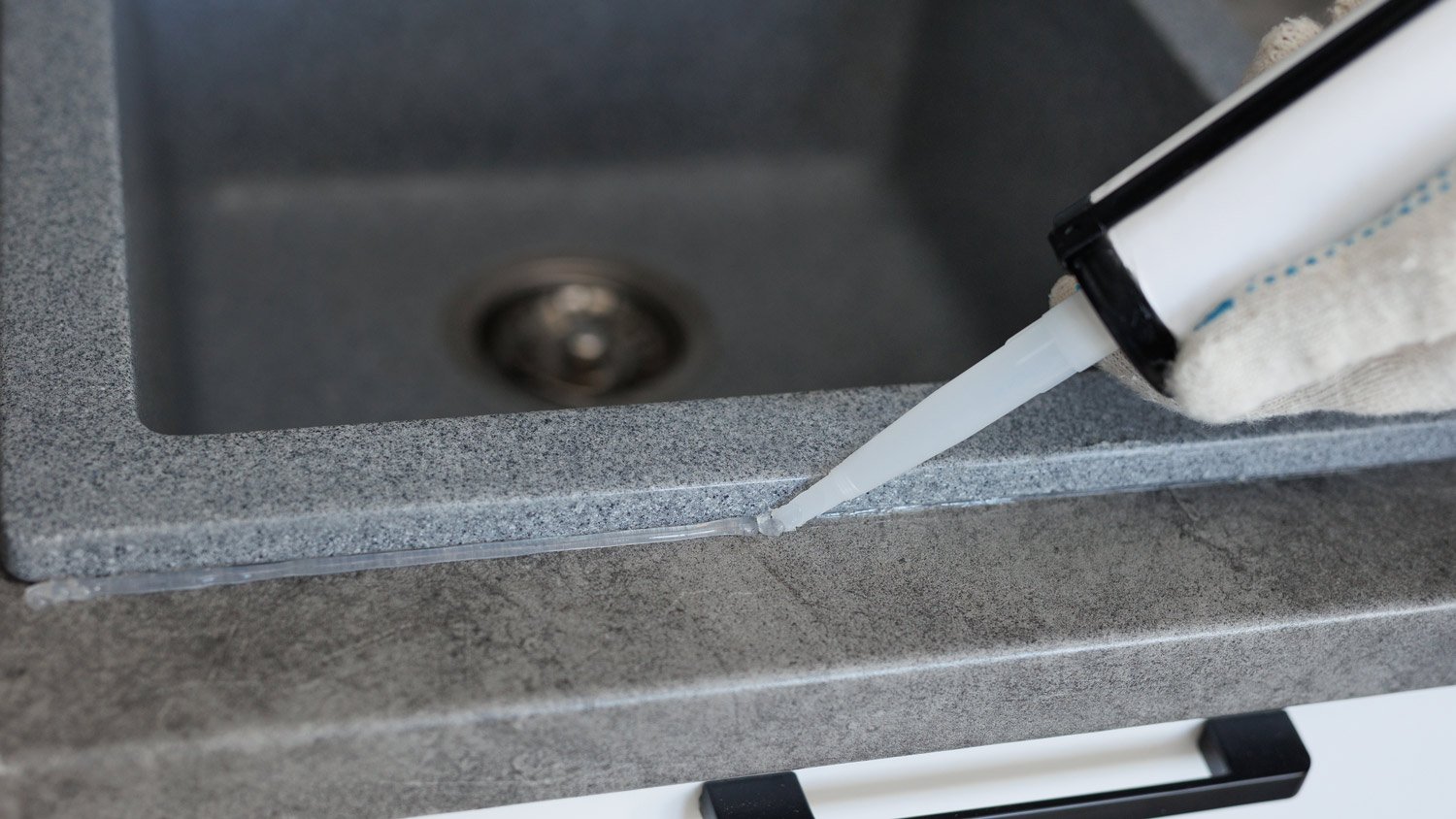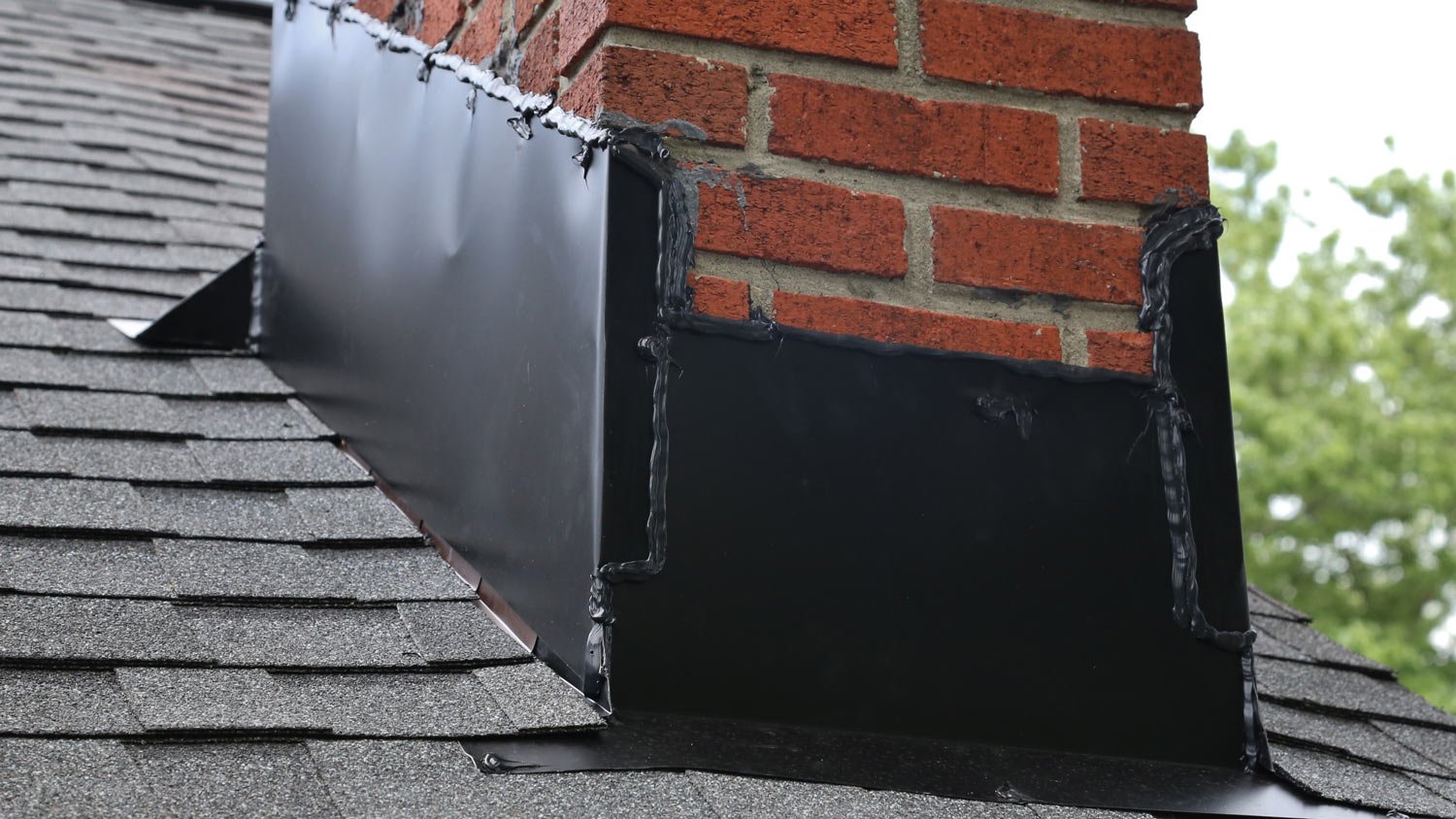
The cost to install porcelain tile depends on materials, size, and whether you DIY or hire a pro. This guide will help you choose the perfect porcelain tile for your home and budget.
Find the right formula to fill in your home’s gaps


Caulking is an essential part of many home improvement projects, and a caulking service near you can make sure you choose the right kind.
While caulk is relatively easy to work with, it does take some practice and trial and error to get the technique right.
Acrylic latex caulk is ideal for a lot of interior projects, like sealing baseboards or patching drywall cracks.
For areas that see a lot of moisture—showers and sinks, for instance—silicone caulk or siliconized latex caulk are the best choices.
Outdoor applications need a heavier duty sealant, like polyurethane or butyl rubber.
Caulk is a versatile sealant that you can apply to everything from sinks to gutters to chimneys, but for it to be effective, you’ll have to use the right type. So, how do you know which kind to choose? It’ll probably come down to one of these five common types of caulk: acrylic latex, silicone, siliconized latex, polyurethane, or butyl rubber. Let’s break down the differences between these varieties of caulk so that you can pick the right one for your project.
Caulk is a flexible sealant used to fill gaps and seal joints around doors, windows, and plumbing fixtures. It also serves as an adhesive between different surfaces (like a sink and a countertop).
There are several varieties of caulk, each with its own purpose. For example, some types are good for sealing showers to prevent water damage and mold growth, while others are better for filling cracks in masonry or concrete.

Acrylic latex caulk—also known as latex caulk or painter’s caulk—is a multi-purpose type of caulk that you can use in a variety of projects. It’s a good choice if you need to seal baseboards or patch holes or cracks in your drywall, but it won’t hold up as well in kitchens, bathrooms, or other moist locations.
| Pros | Cons |
|---|---|
| Easy to apply | May crack or shrink over time |
| Cleans up with water | Not ideal in high-moisture areas |
| Can be painted | Can weaken in sunlight or high heat |
Best for: Filling gaps in wood trim or sealing baseboards

Silicone caulk is highly flexible and elastic, so it won’t crack as easily as more rigid types of caulk (like latex caulk). For this reason, silicone caulk is ideal in areas that sit in direct sunlight or experience extreme temperature changes—like the exterior of your windows. It’s also recognized as the best caulk for showers because it holds up well against moisture and can prevent mold growth.
| Pros | Cons |
|---|---|
| Excellent in wet and humid areas | Harder to clean up |
| Remains sturdy through temperature changes | Gives off a powerful odor |
| Can expand and withstand movement | Costlier than other types of caulk |
Best for: Creating a waterproof barrier around showers, tubs, sinks, and other plumbing fixtures

Considered the best caulk for windows, this hybrid caulk offers the benefits of both latex and silicone caulk. This means it’s easy to work with and clean up (like latex), but it’s also fairly flexible and somewhat moisture-resistant (like silicone).
With that said, siliconized latex caulk isn’t as effective as silicone at preventing water damage, so it’s better for areas that receive a modest amount of moisture—like a backsplash—rather than places that are constantly wet.
| Pros | Cons |
|---|---|
| Simple application | Not as durable as pure silicone caulk |
| Stretchy and adhesive | Less water-resistant than silicone |
| Good for indoor and outdoor use | Has a strong smell |
Best for: Sealing the interior and exterior of your windows

Ideal for outdoor projects, this heavy-duty caulk adheres to many different surfaces and building materials, including wood, concrete, brick, and metal. It’s often used to seal gaps in windows and siding to prevent insects and rodents from entering a home.
However, polyurethane caulk is thicker and gooier than many other types of caulk, so it takes longer to dry and cure. In fact, while latex and silicone caulk dries in a few hours or less, it’ll take a full day for polyurethane caulk to dry.
| Pros | Cons |
|---|---|
| Tough and durable | Difficult to apply |
| Can block pests from entering your home | Takes longer to dry and cure |
| Suitable for outdoor use | Challenging to clean up |
Best for: Caulking between siding and windows to keep pests out

Butyl rubber caulk—like polyurethane—is one of the best exterior caulks on the market today. Once applied, it creates a water-tight seal and holds up well against temperature changes, making it particularly effective for gutters and roofs.
Butyl rubber caulk also works nicely on concrete and masonry, which is why it’s sometimes used on chimneys or foundations. For these types of projects, you should hire a handyperson or local caulking service rather than trying to apply the caulk yourself.
| Pros | Cons |
|---|---|
| Works on a variety of surfaces | Can be harsh and irritating to the body |
| Withstands movement and expansion | Not suitable for indoor use |
| Water-resistant | Messy application that requires a pro |
Best for: Sealing gutters, flashing, and other parts of your roof
From average costs to expert advice, get all the answers you need to get your job done.

The cost to install porcelain tile depends on materials, size, and whether you DIY or hire a pro. This guide will help you choose the perfect porcelain tile for your home and budget.

Whether it’s on your floor, walls, or shower, ceramic tile can add style to your space. So, how much does ceramic tile installation cost? Let’s break it down.

You're planning a bathroom remodel, but how much will it cost to retile your bathroom? Read this guide to find out.

Working on a home reno? You’ll need to remove old grout and clean grout haze on newly installed tiles. Learn how to soften grout for removal in five easy ways.

Porcelain and ceramic tiles aren’t exactly the same. Discover the key differences between porcelain versus ceramic tile, including cost, durability, and more.

Learn about the seven types of grout so that you can choose the right one when installing tiles on any wall or floor in your home.